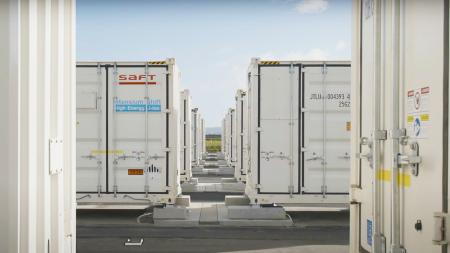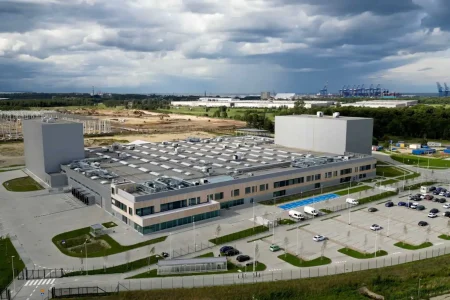In the Pyrenees, a single tectonic system may generate enough hydrogen annually to power a city of 500,000—a figure extrapolated from peer-reviewed models simulating mantle rock hydration. This process, termed serpentinization, occurs when water infiltrates iron-rich mantle rocks that have been pushed upwards to depths of 7-15 kilometers, producing hydrogen gas. However, less than 0.1% of global hydrogen investment targets natural deposits, despite projections by Rystad Energy suggesting recoverable reserves could offset 10% of current synthetic hydrogen production costs by 2035.
Trending
- EU–China Energy Diplomacy Amid German Hydrogen Retrenchment: A Deep Dive
- Merredin BESS Secures $220M Financing but Pays Premium over Global Battery Cost Benchmarks
- Brazil Stakes Claim in Global Hydrogen Race with €1.3B Investment in Uberaba and Açu Projects
- Bremen Project Collapse Reveals Fragile Economics Behind Germany’s Green Hydrogen Hopes
- The Hydrogen Heating Mirage: Why Germany’s “H₂-Ready” Promise Risks Locking in High Costs and Low Returns
- How Lyten’s Salvage Mission Could Upend Europe’s Battery Wars
- Doug Wicks on Why Energy Innovation Is Broken—and How to Fix It
- Cost and Policy Roadblocks Stall LEAG’s H2UB Boxberg Green Hydrogen Hub








